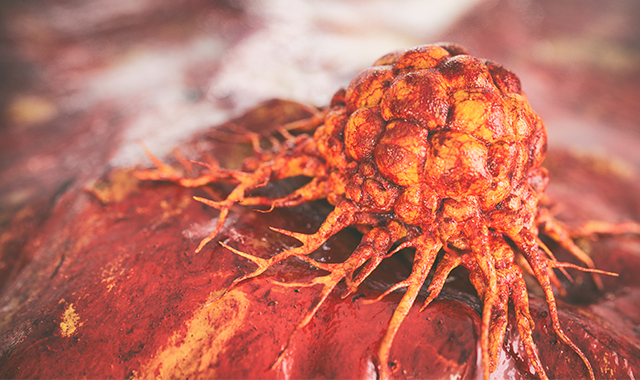The medical profession classifies cancer into two broad categories: cancers of blood and cancers of solid tumors. As the name suggests, solid tumors are solid masses without cysts or fluids. They can be benign or malignant. They do not only appear differently from blood tumors, but they might also require distinct treatment methods.
All types of cancers can be treated with chemotherapy and radiation therapy. The solid tumors can be treated through surgery, and certain blood cancers, like leukemia, might comprise stem therapy as part of the treatment regimen.
Solid Tumor Treatment:
The development of solid tumors may occur within the bones, muscles, and other organs in the body. They include mesothelioma, sarcomas, and lymphomas and cancers of the prostate, breast kidney, ovaries, kidney thyroid, pancreas, and colon.
In addition, secondary solid tumors may develop in response to treating blood cancers by chemotherapy or radiation. Indeed, solid tumors are the second most prevalent form of tumor after treatment for cancer survivors.
The method by which solid tumors are classified is a crucial part of understanding the pathology of cancer and determining the best treatment plan and assessing the patient’s prognosis.
The classification of solid tumors is based on grades based on the abnormalities that pathologists detect in tumor cells and the likelihood it is for the tumor to expand. Tumorous tissue that appears similar to the organization of normal, healthy cells and tissue and tends to increase relatively slowly is called “well-differentiated.” Fast-proliferating tumor cells that look abnormal and are devoid of normal tissue structures are known as “undifferentiated” or “poorly differentiated.”
There are Four General Tumor Grades:
- Pathologists usually classify tumors with cells close to normal cells and grow slowly as Grade 1 tumors.
- Class 2 cancer cells exhibit more structural abnormalities. They also show moderate differentiation and reproduce faster than the grade 1 tumor.
- Tumors classified as Grade three or “high grade” have poor cell differentiation and can spread faster than grade 1 or 2 tumors.
- Grade 4 tumors are devoid of differentiation of cells and appear strikingly different from healthy cells and lower-grade tumors.
Although many cancers are classified according to this method, it’s important to remember that some solid tumors are identified using other classification methods.
For instance, physicians can categorize breast cancer based on the mitotic rates, the amount of the tumor’s growth in the milk ducts (tubule formation), and the shape and size of the nuclei in tumor cells (known in the field of nuclear grades). Three groups receive a score ranging between 1 and 3. A score of one indicates that the tumor’s tissue is more like healthy tissues and cells. The score “3” indicates tissues and cells with the most bizarre appearance. After assigning scores to every one of three classifications, these scores are then summed up to create an overall score between 3 and 9. The results can be classified into three different types of tumours:
- Well-differentiated or low-grade tumors get a composite score of 3-5.
- Tumors that are classified as moderately differentiated or intermediate grade can range between 6 and 7 scorings.
- Tumors that score eight or nine are classified as having a low degree of differentiation.
The oncology field uses a Gleason scoring algorithm to evaluate prostate cancer and the pathological findings from prostate biopsies. The pathologist evaluates the affected tissue to healthy tissue and gives a score of 1-5 for the affected tissue. The most visible abnormal tissue on the tumour (s) is known as the primary pattern, and the second pattern is the most often appearing tissue pattern.
The scores for principal and second patterns are combined to create Gleason score-results that fall into 4 categories.
- Gleason X indicates that the pathologist is unable to identify whether or not the Gleason score.
- Gleason 2-6 is linked to well-differentiated tumorous tissues.
- A score of 7 on Gleason is used to determine moderately differentiated tumorous tissues.
- Gleason 8-10 scores indicate that the tumor tissue is not well differentiated or is completely undifferentiated.
Last Thoughts:
The tumour grade is a bigger amount of importance when it comes to customizing treatment and evaluating a patient’s prognosis in certain kinds of cancers, such as breast cancer and prostate, as and primary brain tumours and soft tissue Sarcoma. Chemistry chemicals and finding other chemicals are available in different stores and online stores.


